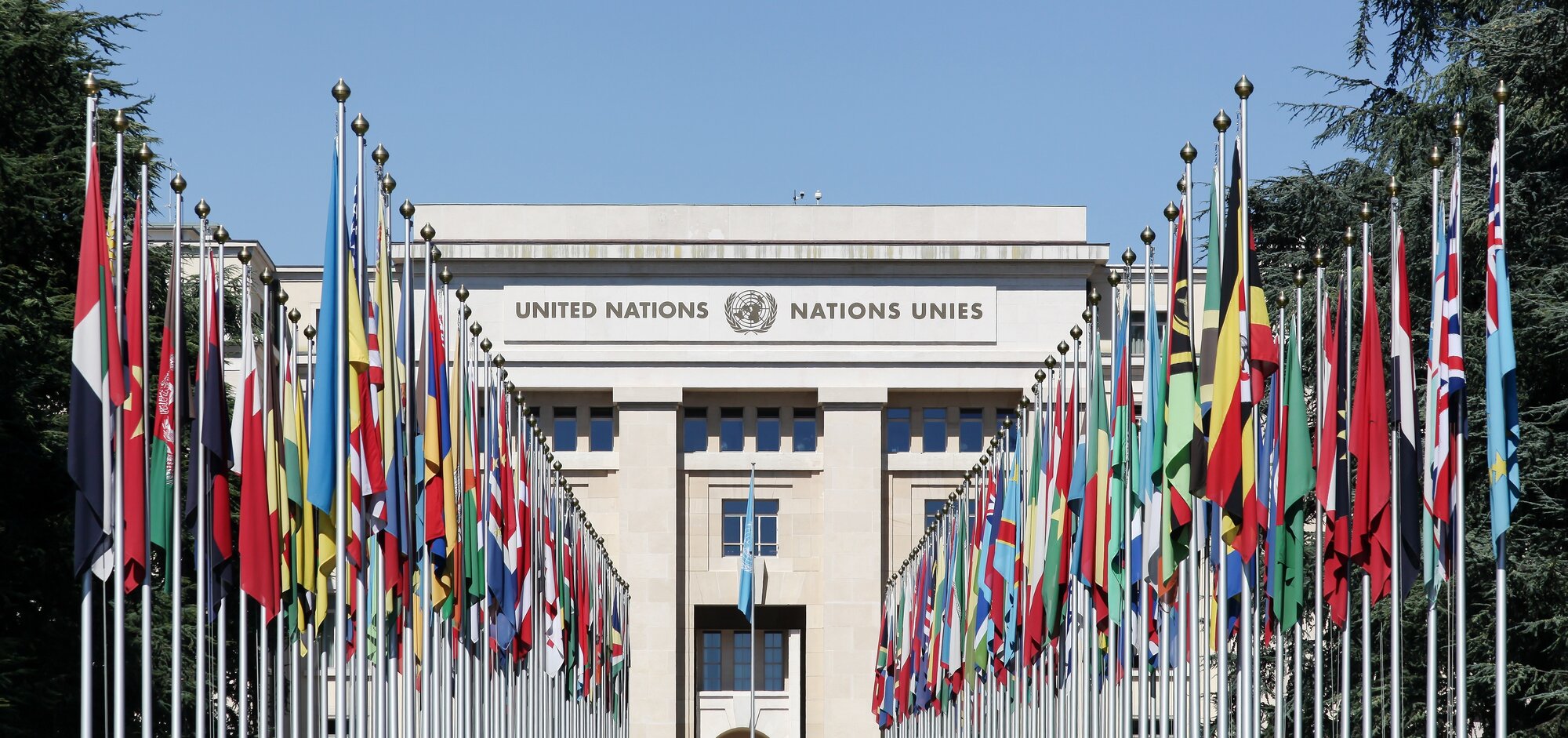I consider myself a well-read person who manages to stay on top of most of the current news despite the distractions from multiple media sources as well as warring political factions. In a recent article about Artificial Intelligence (AI), I read a statement about AI’s influence on SDG 4, quality education.
I had no idea what SDG 4 was, where it came from, and its context in the AI discussion, so I typed it in my search engine and the top choice was the United Nations’ Department of Economic and Social Affairs Division for Sustainable Development Goals webpage.
I’m not a United Nations neophyte. Thanks to our International Relations faculty and students, the American Public University System (APUS) participated in the Model U.N. program during my tenure as its president. APUS also had an education partnership with the Peace Operations Training Institute (POTI), a non-profit training partner of the U.N.
It’s clear to me that most of our media focus in the U.S. in recent years has been about the differences between the two major political parties on just about every domestic and international issue related to the U.S. with limited focus on global issues and the U.N. At the same time, we (the United States) have at various times cut or withheld funding to the U.N. because of disagreement with its direction on some issues.
As it turns out, the Division for Sustainable Development Goals (DSDG) acts as the “Secretariat for the Sustainable Development Goals, providing substantive support and capacity-building for the goals and their thematic issues, the Global Sustainable Development Report, and the UN system-wide implementation of the 2030 Agenda.”
The 17 Goals are:
- No Poverty
- Zero Hunger
- Good Health and Well-Being
- Quality Education
- Gender Equality
- Clean Water and Sanitation
- Affordable and Clean Energy
- Decent Work and Economic Growth
- Industry, Innovation, and Infrastructure
- Reduced Inequalities
- Sustainable Cities and Communities
- Responsible Consumption and Production
- Climate Action
- Life Below Water
- Life on Land
- Peace, Justice, and Strong Institutions
- Partnership for the Goals
The links for each of these 17 goals leads the reader to more specific language about the goal and current progress toward hitting targets set by the U.N.
Rather than extending the length of this post by providing information about each of the goals, I opted to look at SDG 4 (Quality Education), the impetus for me finding out about this U.N. initiative. The webpage is organized in three sections: overview, targets and indicators, and progress and info.
The overview is portrayed in the infographic displayed below.
While we’re still debating the impact of COVID-19 on education in the U.S., the estimated impact of the pandemic on a global basis is astounding.
There are seven targets for SDG 4. In order, these targets are:
- By 2030, ensure that all girls and boys complete free, equitable and quality primary and secondary education leading to relevant and effective learning outcomes.
- By 2030, ensure that all girls and boys have access to quality early childhood development, care and pre-primary education so that they are ready for primary education.
- By 2030, ensure equal access for all women and men to affordable and quality technical, vocational, and tertiary education, including university.
- By 2030, substantially increase the number of youth and adults who have relevant skills, including technical and vocational skills, for employment, decent jobs, and entrepreneurship.
- By 2030, eliminate gender disparities in education and ensure equal access to all levels of education and vocational training for the vulnerable, including persons with disabilities, indigenous peoples and children in vulnerable situations.
- By 2030, ensure that all youth and a substantial proportion of adults, both men and women, achieve literacy and numeracy.
- By 2030, ensure that all learners acquire the knowledge and skills needed to promote sustainable development, including, among others, through education for sustainable development and sustainable lifestyles, human rights, gender equality, promotion of a culture of peace and non-violence, global citizenship and appreciation of cultural diversity and of culture’s contribution to sustainable development.
Indicators for each of the targets are provided on the webpage along with links to relevant events and news. Unfortunately, most of the events and news links for the education SDG page do not appear to have been updated since July 2021.
A review of the Description section of SDG 4 indicates that education for all has been included in sustainable development goals since 2002 and maybe earlier. Sadly, like most education initiatives in the U.S., the target dates to achieve universal primary education and the elimination of gender disparity have passed.
From my perspective, the first six of the seven SDG 4 Education goals should be non-controversial in the U.S. Sadly, there are countries that have not committed to gender equity, a vital component of all six. The seventh goal is important, but likely controversial among some who associate sustainable development with global warming and climate change. Sustainable development is much broader and includes the goal of maintaining and replenishing our valuable resources, maintaining the environment, and keeping our planet inhabitable for future generations.
Continuing advances in technology have made the world a much smaller place. At the same time, there is no doubt that it has increased income and wealth disparity globally. Over the years, education has proven to be the great equalizer. Americans should embrace these education goals domestically as well as globally. We only need to look at the continued global impact of the pandemic to illustrate why we need to value the importance of improving the quality of life for every person, not just our neighbors and countrymen.












